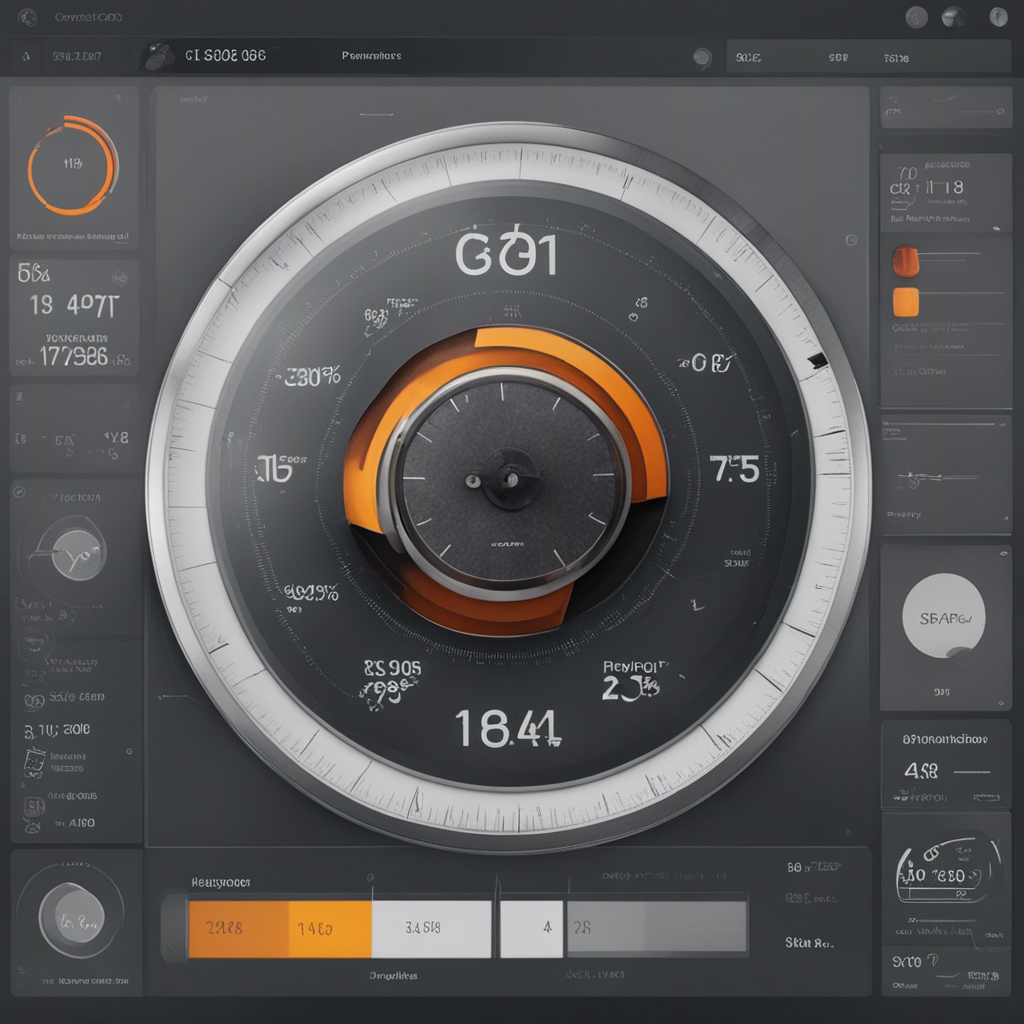
Hyperparameter Tuning: Maximizing ML Model Performance
As machine learning models become increasingly complex, the importance of hyperparameter tuning cannot be overstated. Hyperparameters are variables that determine the behavior and performance of a machine learning algorithm. By carefully selecting and optimizing hyperparameters, you can significantly improve the performance and accuracy of your models.
In this blog post, we will explore the importance of hyperparameter tuning and provide a step-by-step guide on how to effectively maximize the performance of your ML models. Let’s dive in!
Why is Hyperparameter Tuning Important?
Hyperparameters play a crucial role in machine learning algorithms. They control the learning process and influence the model’s ability to generalize well on unseen data. Selecting optimal hyperparameters can significantly impact the model’s performance, accuracy, and ability to solve a specific problem effectively.
Hyperparameter tuning is essential for several reasons:
- Improved Model Performance: By optimizing hyperparameters, we can achieve better model performance, including higher accuracy and lower error rates.
- Prevent Overfitting/Underfitting: Hyperparameter tuning helps mitigate the risks of overfitting or underfitting the model by finding the optimal balance between complexity and simplicity.
- Robust and Reliable Models: Tuning hyperparameters leads to more robust and reliable models that generalize well on unseen data, making them more suitable for real-world applications.
- Efficient Resource Utilization: By fine-tuning hyperparameters, we can ensure that our models make the best use of available computational resources, such as memory and processing power.
A Step-by-Step Guide to Hyperparameter Tuning
Now let’s dive into the step-by-step process of hyperparameter tuning. The following approach will help you systematically optimize your machine learning models:
1. Define a Performance Metric
Before delving into hyperparameter tuning, it’s essential to establish a performance metric that quantifies how well your model is performing. Common metrics include accuracy, precision, recall, F1-score, or area under the receiver operating characteristic curve (AUC-ROC). The choice depends on the nature of your ML problem and the desired outcome.
2. Split the Data
To evaluate the performance of different hyperparameters, it’s crucial to divide your available data into three sets: training, validation, and testing. The training set is used for model training, the validation set for hyperparameter tuning, and the testing set for the final evaluation. This prevents overfitting and provides an unbiased assessment of the model’s performance.
3. Determine the Search Space
The search space refers to the range of possible values for each hyperparameter. It’s important to define a reasonable search space to avoid exhaustive search. Considerations for determining the search space include the nature of the hyperparameter (continuous or discrete), possible values, and any prior knowledge or domain expertise.
4. Select a Tuning Method
There are various methods to tune hyperparameters, including manual search, grid search, random search, and more advanced techniques like Bayesian optimization or genetic algorithms. Each method has its pros and cons, and the choice depends on the complexity of the problem, available computational resources, and time constraints.
Two popular methods are:
-
Grid Search: In grid search, all combinations of hyperparameters within the defined search space are considered, and models are trained and evaluated for each combination. While it provides an exhaustive search, it can be computationally expensive for large search spaces.
-
Random Search: Random search randomly samples hyperparameters from the search space and evaluates them accordingly. This method is computationally efficient and often achieves similar or better results than grid search with fewer evaluations.
5. Evaluate and Compare Models
Once you have trained and evaluated models using different hyperparameter combinations, you need to compare their performance using the defined performance metric. This will help you identify the best-performing model and its corresponding set of hyperparameters. Visualizing the results through plots, charts, or tables can aid in better understanding and decision-making.
6. Validate and Fine-Tune
After identifying the best-performing model, it’s crucial to validate its performance on a separate validation set. This ensures that the model’s hyperparameters are robust and generalize well. If necessary, you can fine-tune the hyperparameters further by repeating the tuning process on a smaller search space or adjusting the values based on your expertise.
7. Evaluate and Test
Finally, evaluate and test your best-performing model on the testing set, which simulates real-world scenarios. This provides an unbiased assessment of the model’s performance and helps determine its suitability for deployment. It’s important to avoid making any adjustments or changes to the model based on the testing set to ensure unbiased evaluation.
Conclusion
Hyperparameter tuning is a critical step in maximizing the performance of machine learning models. By carefully selecting and optimizing hyperparameters, you can achieve better accuracy, prevent overfitting or underfitting, and build robust and reliable models. Remember to define a performance metric, split the data, determine the search space, select a tuning method, evaluate and compare models, validate and fine-tune, and finally evaluate and test your best-performing model.
As with any aspect of machine learning, hyperparameter tuning requires an iterative approach and domain expertise to achieve optimal results. Experimentation and continuous improvement play a vital role in the journey towards building successful ML models.
Remember, the choice of hyperparameters and tuning methods may vary based on the specific problem and dataset you are working with. Stay curious, keep exploring, and leverage the power of hyperparameter tuning to push the boundaries of machine learning performance!
References:
-
Bergstra, J., & Bengio, Y. (2012). Random search for hyper-parameter optimization. Journal of Machine Learning Research, 13(Feb), 281-305.
-
Snoek, J., Larochelle, H., & Adams, R. P. (2012). Practical Bayesian optimization of machine learning algorithms. In Advances in Neural Information Processing Systems (pp. 2951-2959).
-
Singh, A., Araya, A., & Jaakkola, T. (2019). A Bayesian Framework for Hyperparameter Tuning of Machine Learning Algorithms. arXiv preprint arXiv:1905.10114.






